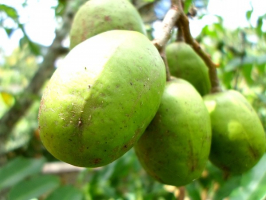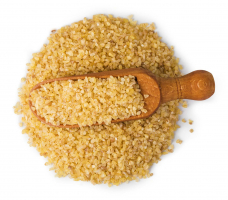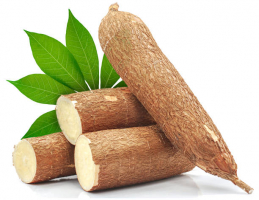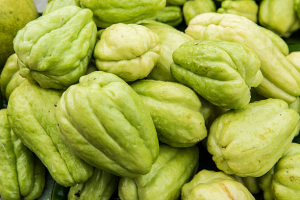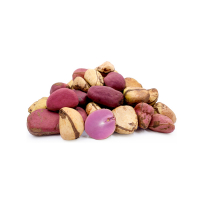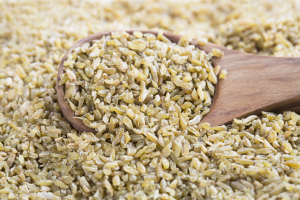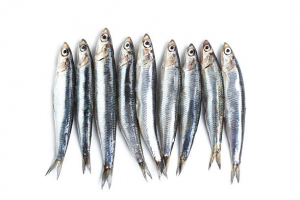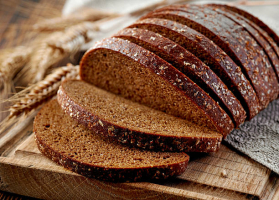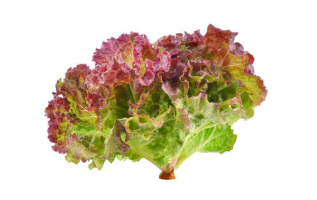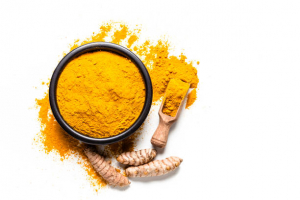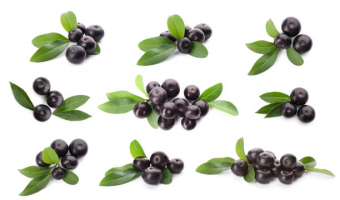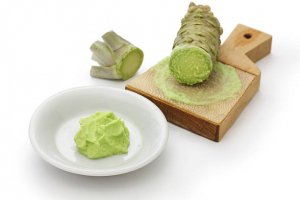Top 7 Awesome Health Benefits of Dark Chocolate
Dark chocolate is high in nutrients that can benefit your health. It's one of the best antioxidant sources available, made from the cacao tree's seed. In this ... read more...article, Toplist will list the most scientifically supported health benefits of dark chocolate or cocoa that you may know.
-
It's quite nutritious if you buy high-quality dark chocolate with a high cocoa content. It has a good amount of soluble fiber and is high in minerals. A 100-gram bar of 70–85%cocoa dark chocolate contains 11 grams of fiber, 67% of the daily value for iron, 58% of the daily value for magnesium, 89% of the daily value for copper, and 98%of the daily value for manganese.
It also contains a lot of potassium, phosphorus, zinc, and selenium. Of course, 100 grams (3.5 ounces) is a substantial amount that should not be consumed on a daily basis. These nutrients also have 600 calories and moderate sugar content. As a result, dark chocolate should be consumed in moderation.
Cocoa and dark chocolate have an excellent fatty acid profile. The fats are mostly made up of oleic acid (a heart-healthy fat found in olive oil), stearic acid, and palmitic acid. Stearic acid has no effect on blood cholesterol. Although palmitic acid can raise cholesterol levels, it only accounts for one-third of total fat calories. Dark chocolate contains stimulants such as caffeine and theobromine, but it is unlikely to keep you awake at night because the caffeine content is so low when compared to coffee.
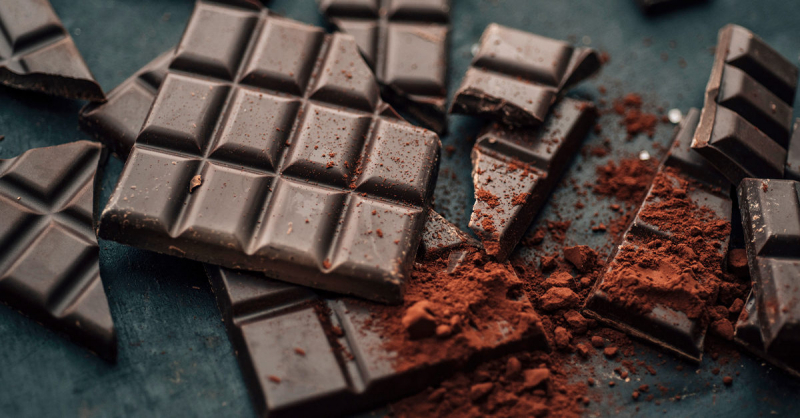
Very nutritious 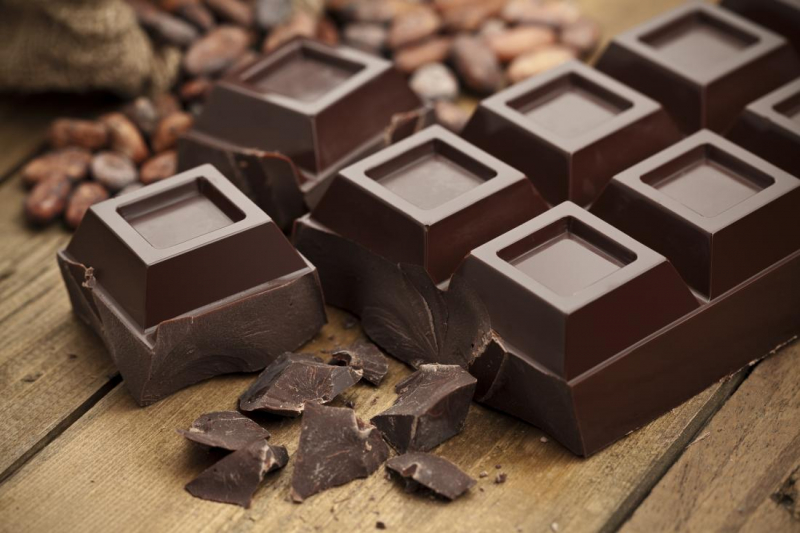
Very nutritious -
ORAC is an abbreviation for oxygen radical absorbance capacity. It is a measure of food antioxidant activity. Essentially, researchers test a bunch of free radicals (bad) against a food sample to see how well the antioxidants in the food can disarm the free radicals.
ORAC values are questioned for their biological relevance because they are measured in a test tube and may not have the same effect on the body. It is worth noting, however, that raw, unprocessed cocoa beans are among the highest-scoring foods tested. Dark chocolate contains a high concentration of organic compounds that are biologically active and act as antioxidants. Polyphenols, flavonols, and catechins are a few examples. According to one study, cocoa and dark chocolate contained more antioxidants, polyphenols, and flavanols than any other fruit tested, including blueberries and acai berries.
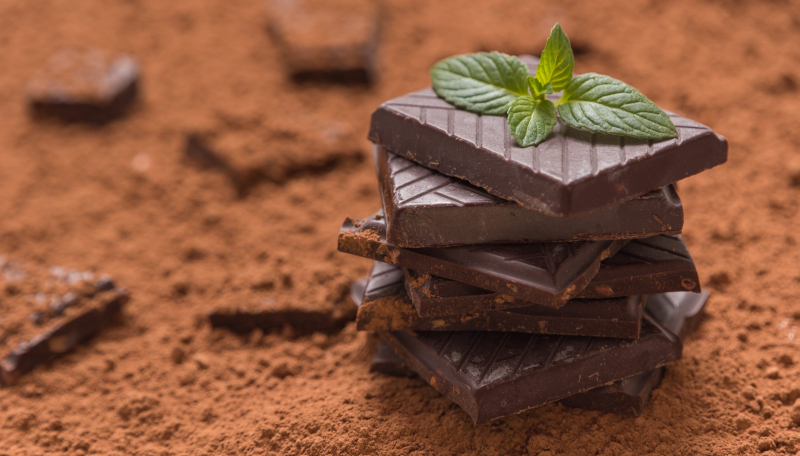
Powerful source of antioxidants 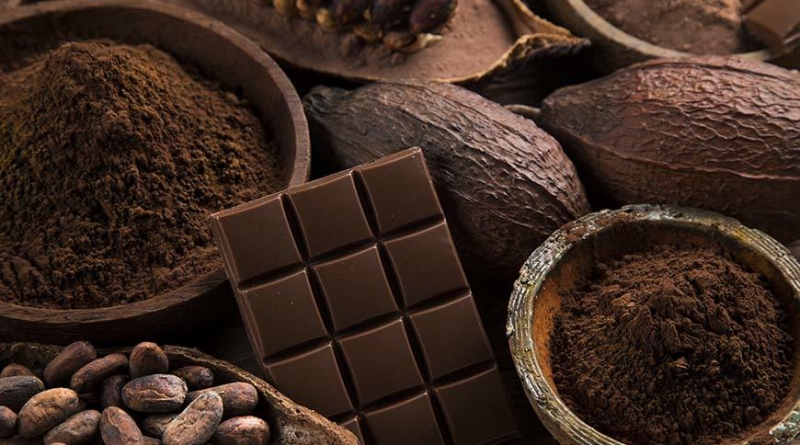
Powerful source of antioxidants -
Dark chocolate flavanols can stimulate the endothelium, the lining of arteries, to produce nitric oxide (NO). One of NO's functions is to send signals to the arteries to relax, lowering the resistance to blood flow and thus lowering blood pressure.
Many controlled studies have found that cocoa and dark chocolate can improve blood flow and lower blood pressure, though the effects are usually minor. Cocoa's bioactive compounds may improve artery blood flow and cause a small but statistically significant decrease in blood pressure. However, one study on high blood pressure patients found no effect, so take this with a grain of salt. Given the wide range of studies on this topic, it is clear that more research is required.
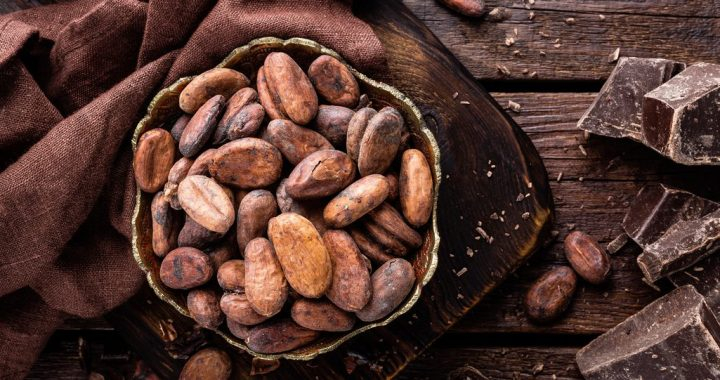
May improve blood flow and lower blood pressure 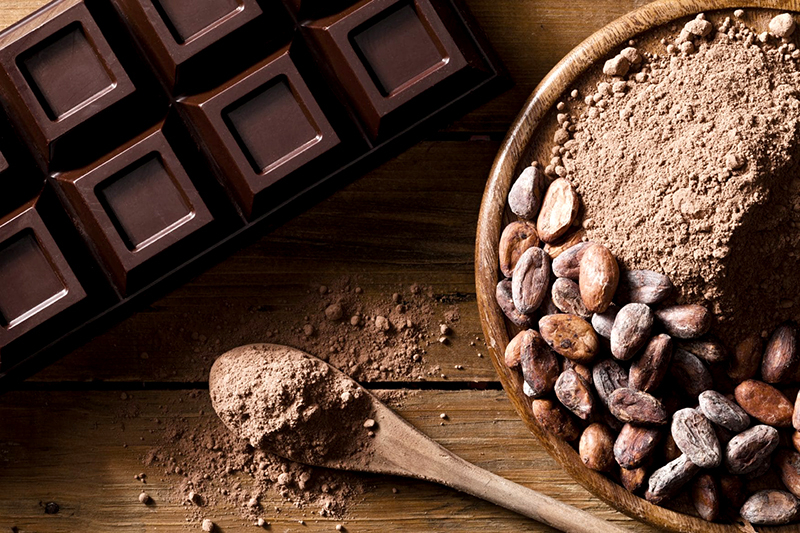
May improve blood flow and lower blood pressure -
Dark chocolate consumption can improve several important risk factors for heart disease. Cocoa powder was found to significantly lower oxidized LDL (bad) cholesterol in men in a controlled study. It also increased HDL while decreasing total LDL in people with high cholesterol.
The term "oxidized LDL" refers to LDL cholesterol that has reacted with free radicals. This makes the LDL particle reactive and capable of causing damage to other tissues, such as the lining of your heart's arteries. It stands to reason that cocoa reduces oxidized LDL. It contains a high concentration of powerful antioxidants that enter the bloodstream and protect lipoproteins from oxidative damage.
Dark chocolate flavanols can also reduce insulin resistance, which is another common risk factor for diseases such as heart disease and diabetes. Dark chocolate, on the other hand, contains sugar, which can have the opposite effect.
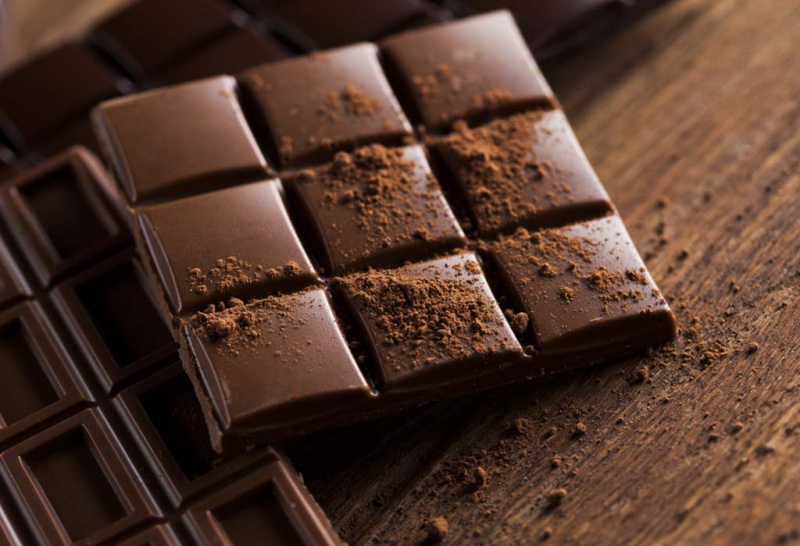
Raises HDL and protects LDL from oxidation 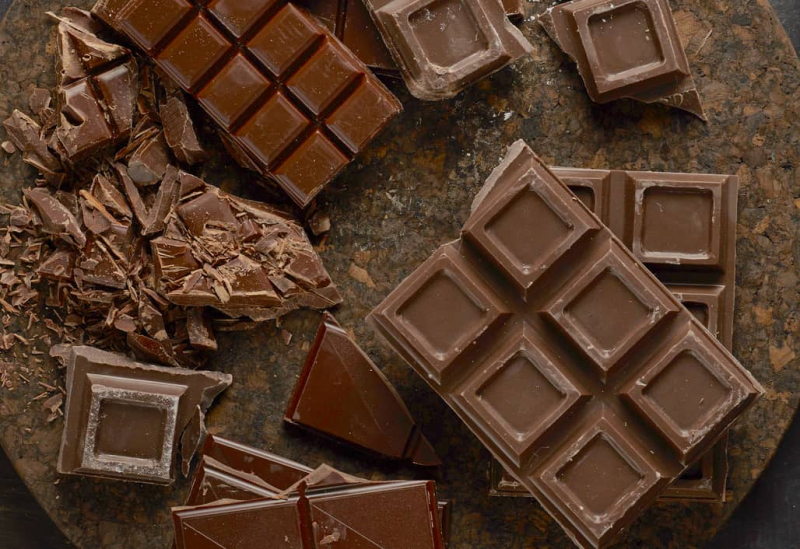
Raises HDL and protects LDL from oxidation -
Dark chocolate compounds appear to be highly protective against LDL oxidation. In the long run, this should result in much less cholesterol accumulating in the arteries, lowering the risk of heart disease.
Several long-term observational studies, in fact, show a fairly significant improvement. In a 15-year study of 470 older men, cocoa was found to reduce the risk of death from heart disease by 50%. Another study found that eating chocolate twice a week reduced the risk of having calcified plaque in the arteries by 32%. Reduced chocolate consumption had no effect. Another study found that eating dark chocolate at least five times per week reduced the risk of heart disease by 57%. According to a 2017 clinical trial, subjects who consumed almonds with or without dark chocolate had lower LDL cholesterol levels.
Of course, because these four studies are observational, it's unclear whether the chocolate actually reduced the risk. However, because the biological process is known (lower blood pressure and oxidized LDL), it's possible that eating dark chocolate on a regular basis may reduce the risk of heart disease.
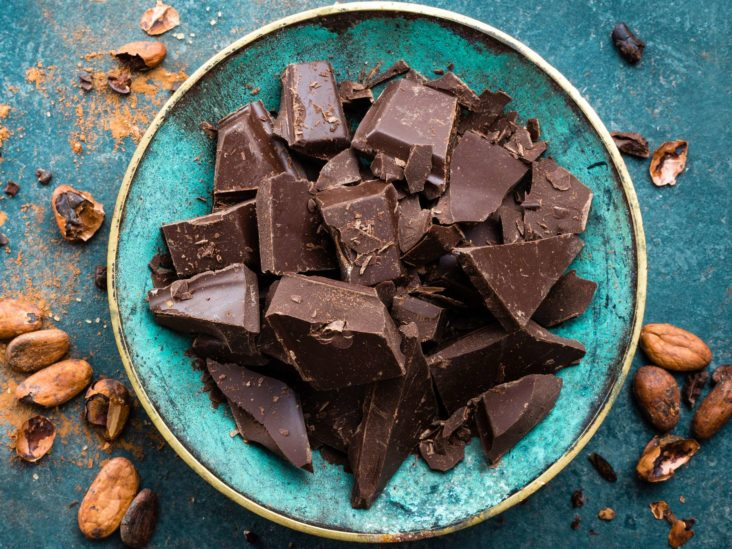
May reduce heart disease risk 
May reduce heart disease risk -
Dark chocolate's bioactive compounds may be beneficial to your skin as well. Flavonols have the ability to protect the skin from sun damage, improve blood flow to the skin, and increase skin density and hydration.
The minimal erythemal dose (MED) is the number of UVB rays that are required to cause skin redness 24 hours after exposure. After consuming dark chocolate high in flavonols for 12 weeks, the MED more than doubled in one study of 30 people.
If you're planning a beach vacation, consider eating more dark chocolate in the weeks and months leading up to it. However, before abandoning your normal skincare routine in favor of more dark chocolate, you should consult your doctor or dermatologist.
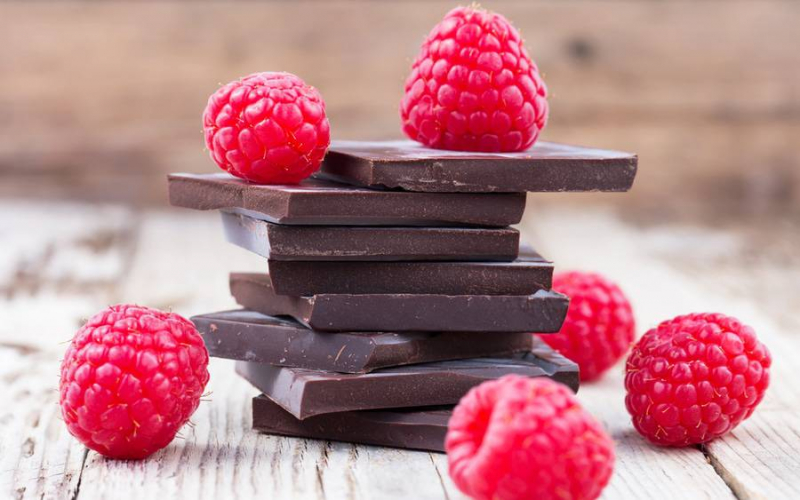
May protect your skin from the sun 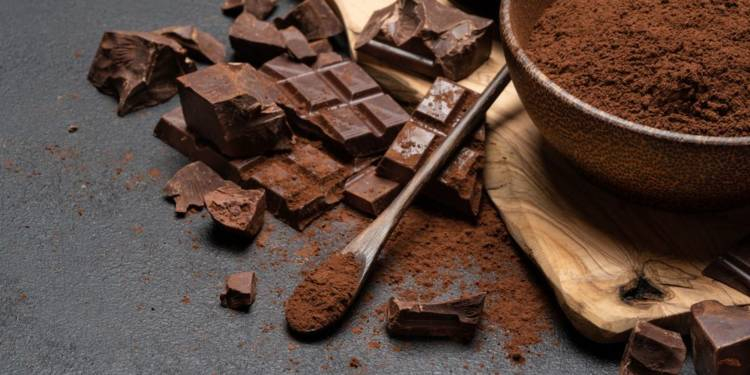
May protect your skin from the sun -
Chocolate is one of the few foods that taste great while also providing numerous health benefits. By increasing blood flow, cocoa and dark chocolate may improve brain function. In one study of healthy volunteers, eating high flavonol cocoa for five days improved blood flow to the brain.
Cocoa may also improve cognitive function significantly in older adults with mild cognitive impairment. It may also improve verbal fluency and a number of risk factors for disease. Furthermore, cocoa contains stimulants such as caffeine and theobromine, which may be one of the reasons why it can improve brain function in the short term.

Could improve brain function 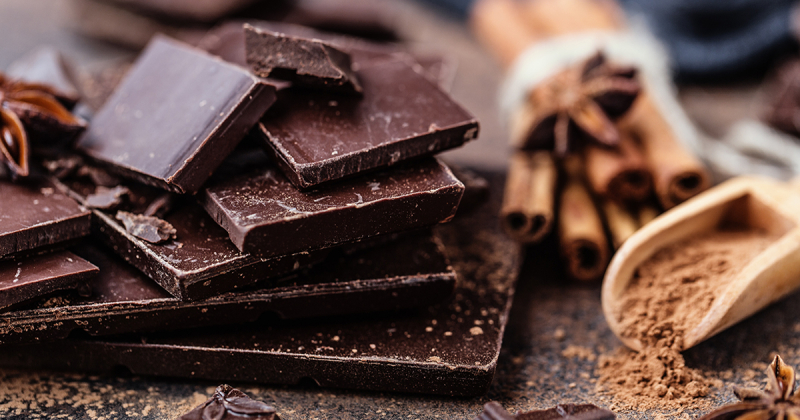
Could improve brain function









